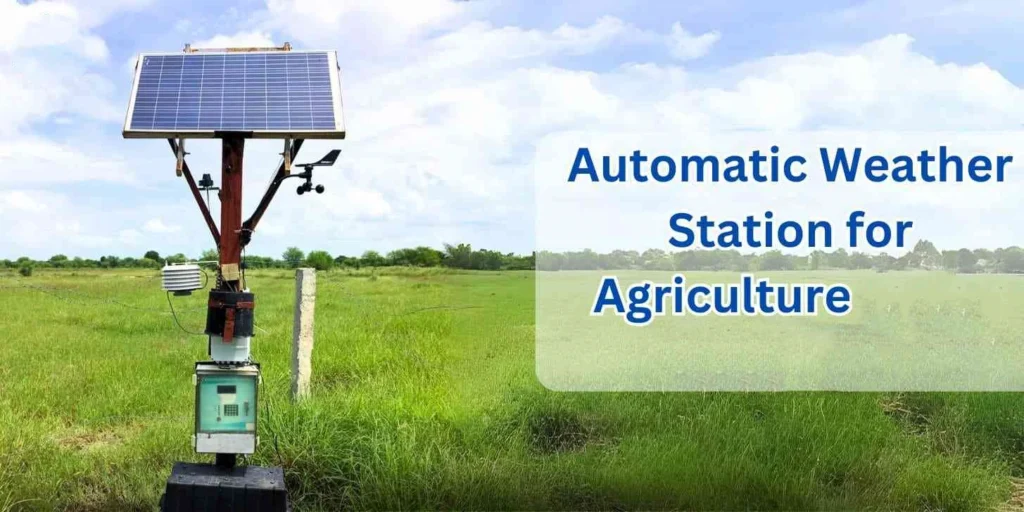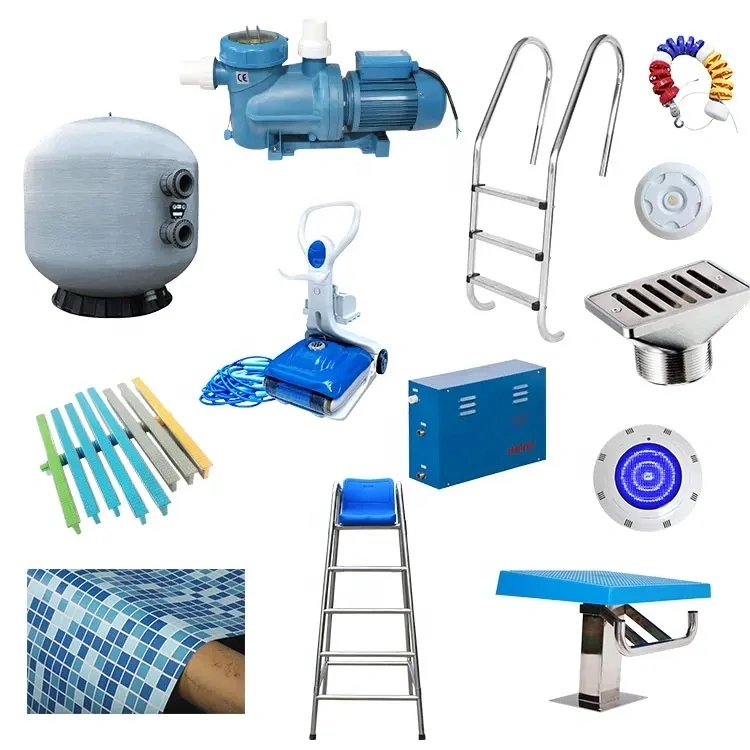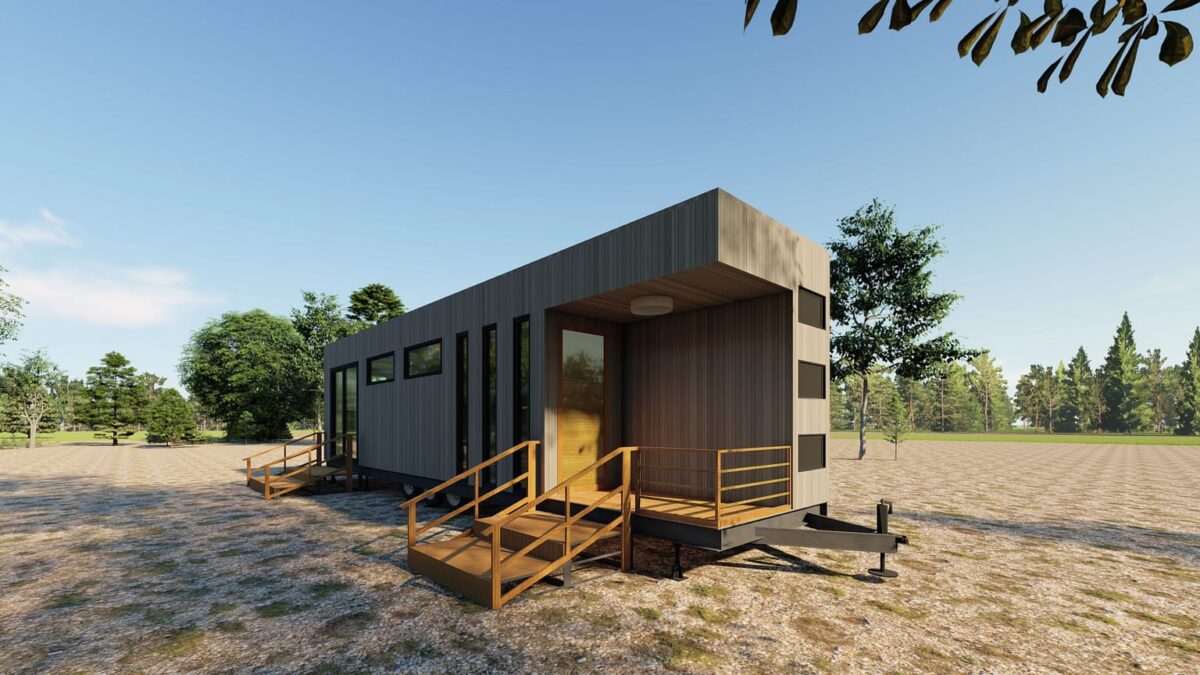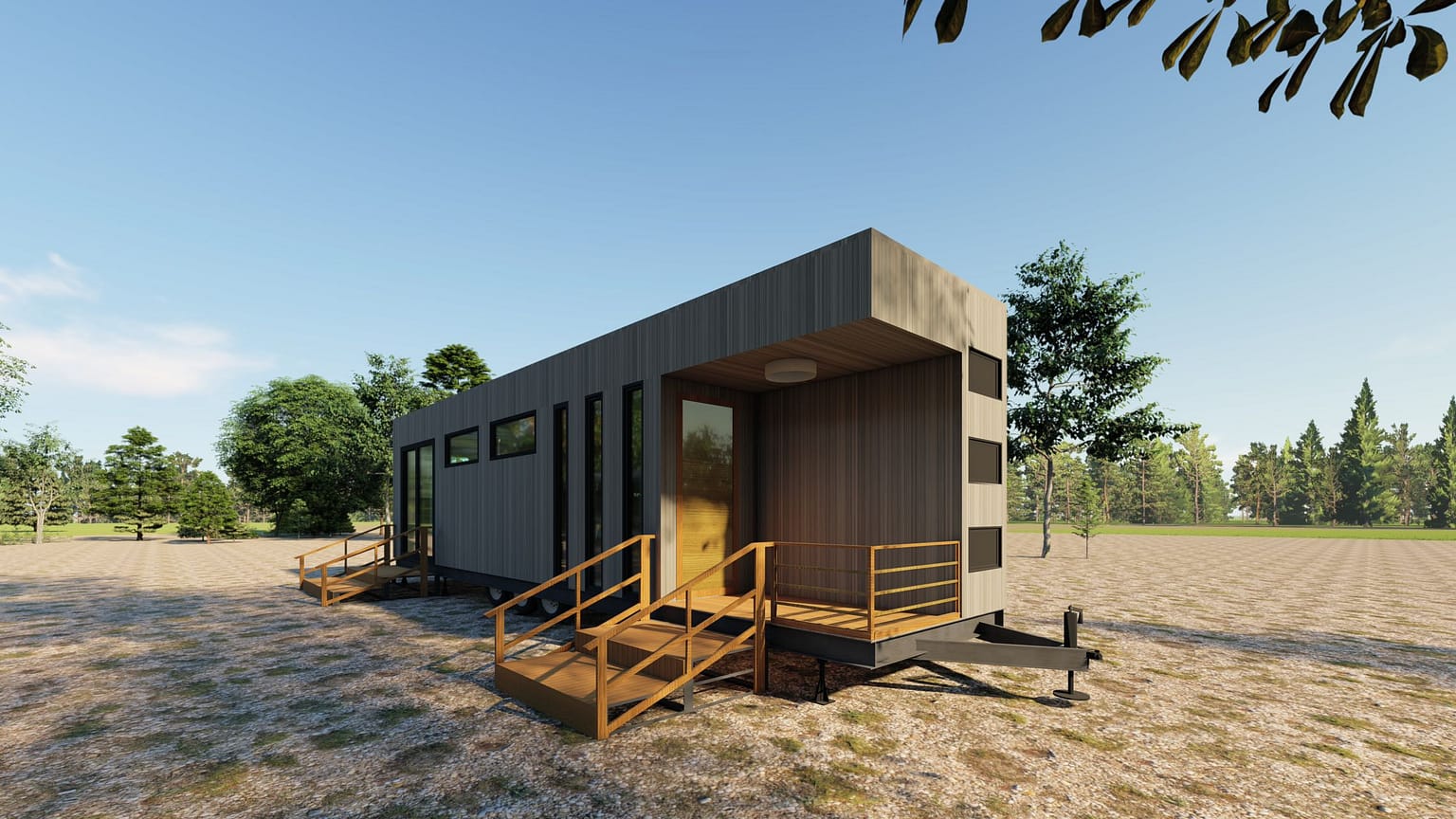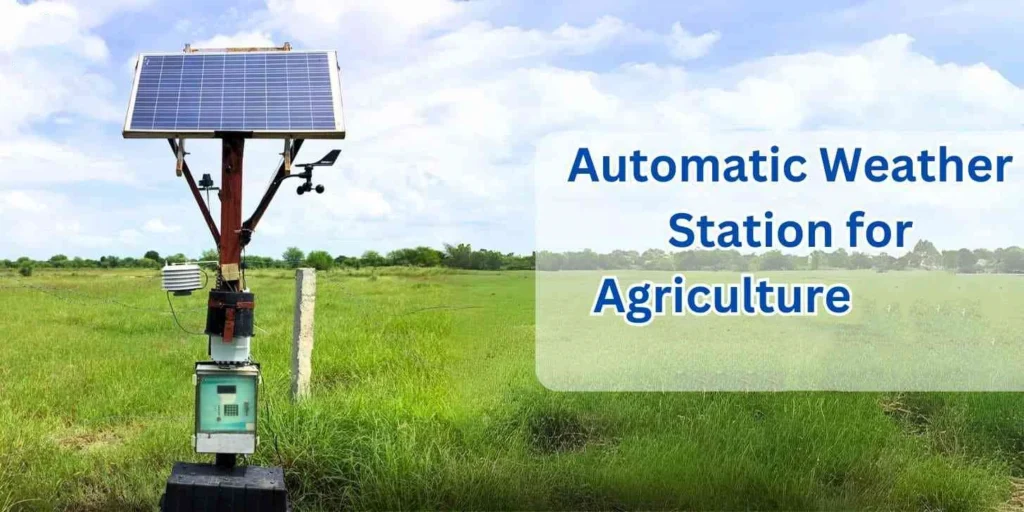
# Understanding the Functionality of Automatic Weather Stations
Automatic Weather Stations (AWS) are advanced systems designed to collect and record meteorological data without the need for constant human intervention. These stations are widely used in various fields, including agriculture, aviation, and environmental monitoring, to provide accurate and real-time weather information.
## What is an Automatic Weather Station?
An Automatic Weather Station is a standalone device equipped with sensors that measure various atmospheric parameters. These parameters typically include temperature, humidity, wind speed, wind direction, rainfall, and atmospheric pressure. The data collected by these sensors is then transmitted to a central database or displayed on a local interface for analysis.
### Key Components of an AWS
An AWS consists of several key components that work together to ensure accurate data collection and transmission:
– Sensors: These are the primary components that measure different weather parameters. Common sensors include thermometers, hygrometers, anemometers, and rain gauges.
– Data Logger: This device records the data collected by the sensors. It can store data internally or transmit it to a remote location.
– Power Supply: AWS units are typically powered by solar panels or batteries, ensuring continuous operation even in remote locations.
– Communication System: This system transmits the collected data to a central database or a local display unit. Common communication methods include radio, satellite, and cellular networks.
## How Does an Automatic Weather Station Work?
The functionality of an AWS can be broken down into a few key steps:
– Data Collection: Sensors continuously monitor and measure atmospheric conditions. For example, a thermometer measures temperature, while an anemometer records wind speed.
– Data Logging: The data logger collects and stores the information from the sensors. It ensures that data is recorded at regular intervals, providing a comprehensive dataset over time.
– Data Transmission: The communication system sends the collected data to a central database or a local display unit. This allows for real-time monitoring and analysis.
– Data Analysis: Once the data is received, it can be analyzed to provide insights into weather patterns, predict future conditions, and support decision-making processes.
## Applications of Automatic Weather Stations
AWS units are utilized in a variety of applications, each benefiting from the accurate and timely weather data they provide:
– Agriculture: Farmers use AWS data to optimize irrigation, planting, and harvesting schedules, improving crop yields and reducing resource waste.
– Aviation: Airports rely on AWS to monitor weather conditions, ensuring safe takeoffs and landings.
– Environmental Monitoring: Researchers use AWS to study climate change, track weather patterns, and monitor environmental conditions in remote areas.
– Disaster Management: AWS data is crucial for predicting and responding to natural disasters such as hurricanes, floods, and wildfires.
## Advantages of Using Automatic Weather Stations
There are several advantages to using AWS over traditional manual weather monitoring methods:
– Accuracy: AWS units provide highly accurate and consistent data, reducing the likelihood of human error.
– Real-Time Data: The ability to collect and transmit data in real-time allows for immediate analysis and response.
– Cost-Effectiveness: Once installed, AWS units require minimal maintenance and can operate autonomously, reducing long-term costs.
– Remote Monitoring: AWS can be deployed in remote or inaccessible locations, providing valuable data where traditional methods are impractical.
## Conclusion
Automatic Weather Stations are indispensable tools in modern meteorology and environmental science. By providing accurate, real-time data, they support a wide range of applications and contribute to better decision-making in various fields. Understanding their functionality and components is essential for anyone involved in weather monitoring and analysis.
Keyword: what is automatic weather station
